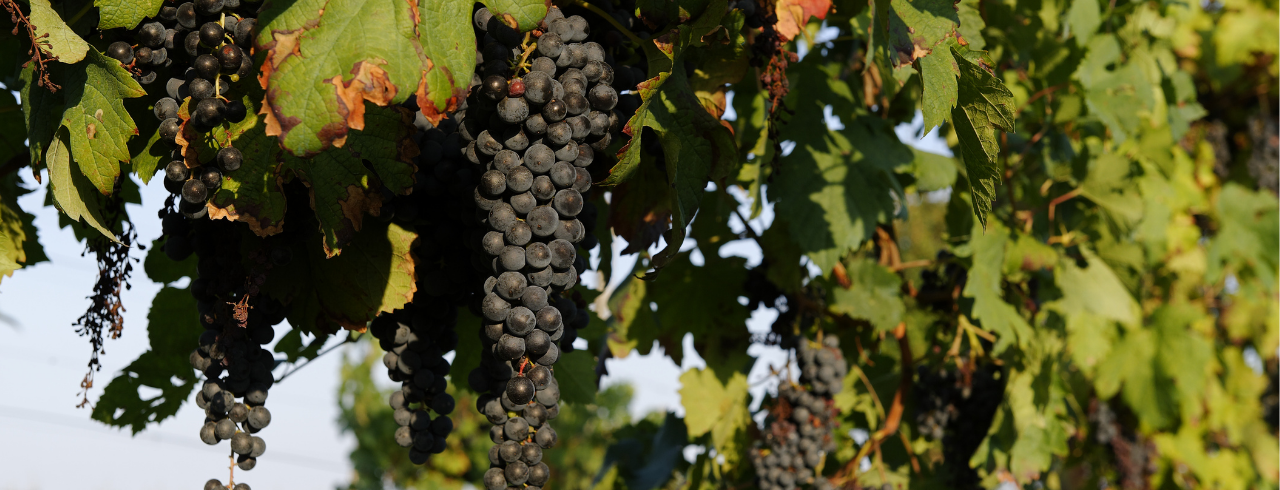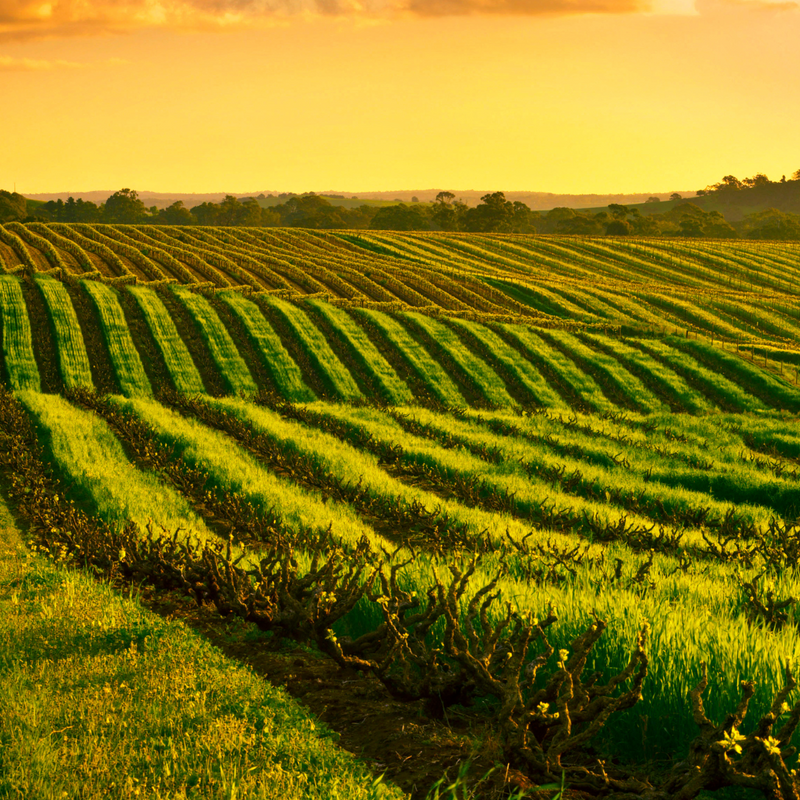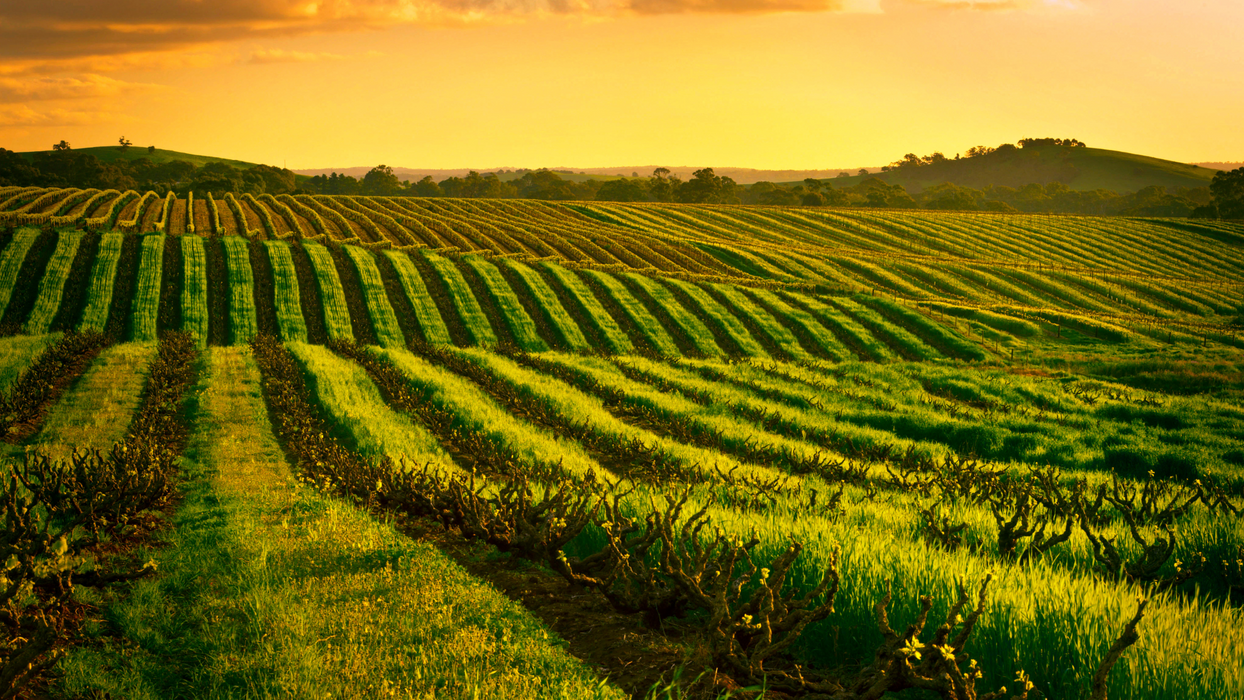
Chinese Wine Guide
China is an enormous country with a decisive role in global economics, politics, and development. On a purely objective scale, its international importance is hard to overstate.
As the country grows in size and influence, many aspects of its rich, diverse culture are also more accessible than ever -- including wine.
While China’s wine industry lacks the notoriety of those in Old World meccas like France or New World counterparts like the US, its popularity and acclaim are notably ascending.
For a deep dive into the history of Chinese viniculture and critical insights into the regions and wines that make it unique, read on for our Wine Insiders Guide to Chinese Wine:

The History of Chinese Wine
Like the country itself, Chinese wine has undergone a great deal of change on the journey to where it is today.
Let’s break down some of the critical developments and influences that created modern wine in China:
Ancient Beginnings
While China is a New World wine region, alcohol production here stretches back over 3,000 years.
At this time, around 1000 BC, alcoholic production primarily focused on the use of grains to make Chiu, a popular drink that resembled a high-alcohol beer.
It wasn’t until the Han Dynasty, in the early 200s BC, that high-quality, wine-yielding grapes came to China through trade and exploration of the West.
These early grapes produced wines for the Emperor and his social circle, as their luxurious, expensive, and rare status made them “superior” to popular yellow wine -- a rice-based alcoholic Chinese drink that still exists today.
Foundation of Wineries
The tradition of modern Chinese wineries began in 1872 when the national government began to promote wine production in regions throughout China.
In the decades to follow, 100+ varieties of European grapes made their way to the country, often introduced by European winemakers who sought to make vinicultural inroads in Asia.
This era initiated the increased production and export of Chinese-produced wines to wealthy markets throughout Europe.
Contemporary Popularity
The last few decades directly fueled the ascension of the Chinese wine industry we see today.
Starting in the 1970s, an incredible influx of foreign investment from around the world pumped funding into Chinese viniculture, raising the country’s quantity and quality of wine.
Combining foreign wine expertise with local knowledge of growing regions and the Chinese market, robust, internationally-driven wineries like “Summer Palace” and “Beijing Friendship Winery” brought notoriety and success to wine in China.
While financial crises and an oversaturation of imported wine would harm the industry in the 1990s, a remarkable recovery in the 21st century got the country back on track.
Nowadays, the Chinese wine industry is less dependent on foreign-run wineries and more supportive of domestic funding that supports local winemakers and their staff.
This new focus on domestic economic growth has made wineries viable businesses for Chinese citizens to manage and coincided with increased government promotion of Chinese agriculture and viniculture.
These efforts adequately supply both Chinese wine drinkers, who purchase in greater numbers than ever before, and international drinkers allured by the rising critical esteem of Chinese varietals and blends.
As the country with the 7th-largest wine output globally, it appears China’s role in the world of wine will only increase in the future.
Chinese Wine Regions
Now that we know more about China’s wine history let’s explore some of the unique regions that produce its most celebrated bottles:
Shandong
The Shandong province, China’s most prolific growing region, lies between the two megacities of Beijing and Shanghai.
At roughly 60,000 square miles in size, the region encompasses a swath of land larger than most US states and all but 13 European countries.
This impressive size is enhanced by the area’s topographical diversity, as it offers a mix of flat terrain and rolling hills with peaks as high as 1,500 feet. This range allows winemakers to find the optimal home for their vineyards, promoting better drainage and smoother growth.
Thanks to its cooler summers, warmer winters, and fruitful soil, the region also produces some of China’s most famous wines, such as Cabernet Sauvignon, Cabernet Gernischt, and Riesling.
With its rising global reputation as a vinicultural hub, the Shandong region is undoubtedly one to watch in the world of wine.
Winery to Visit
COFCO Junding Chateau is Asia’s largest privately-owned winery and a sight to behold for any Shandong visitor. It offers exquisite tastings of its world-class Chinese wines in addition to tours of its underground, 26,000-square-foot Centennial Grand Cellar.
Ningxia
Ningxia is a Chinese growing region with a stellar international reputation for producing high-quality wines.
While the region is nearly 30,000 square miles in size, many of its celebrated vineyards are in a high-altitude valley located between the Yellow River and Helan Mountains.
Here, well-irrigated soils with excellent drainage help wineries endure brutally hot summers, while vineyard burial techniques preserve grapevines through long, dark winters.
At altitudes as high as 4,000 feet, increased solar exposure helps Ningxia vineyards produce a medley of globally celebrated Chinese wines, like Merlot, Cabernet Sauvignon, and Cabernet Gernischt.
In fact, viniculture here is so esteemed that local wines once defeated their Bordeaux relatives in an international wine competition.
Winery to Visit
The Silver Heights winery perfectly exemplifies the spirit of Ningxia in its quality and uniqueness. At 4,000 feet above sea level, it offers an array of spectacular wines, all crafted under the guidance of Gao Yuan, one of China’s most esteemed female winemakers.
Hebei
As one of China’s largest wine-producing regions and the closest to its capital city of Beijing, Hebei is a thriving, profitable center of Chinese wine culture.
The region encompasses over 70,000 miles of Eastern China and is home to an incredibly diverse range of terrain ranging from flood plains to mountains.
To take advantage of this topographical diversity, growing here is divided between high-altitude, cool-temperature vineyards with ample sun exposure and lower-lying, humid vineyards with distinct soils.
It is this profitable geographical combination that lured many of China’s top wine producers in recent years, leading to a financial and vinicultural boom.
For a taste of this burgeoning region, check out popular favorites like Cabernet Sauvignon, Cabernet Gernischt, Marselan, and Chardonnay.
Winery to Visit
The Amethyst Manor Winery, thanks to the support of the China Culture Center, offers personal tours of its facilities and a high-altitude vineyard followed by tastings of its delicious wines.
Chinese Wines
The boom of Chinese wine has diversified its range of varietals and blends, helping it gain vinicultural recognition worldwide.
While there are many noteworthy wines in China, let’s focus on three of the most popular and celebrated options:
Cabernet Sauvignon
In China, as in much of the world, Cabernet Sauvignon is one of the most popular wines on the market.
With a full body, medium-high tannins, and a tantalizing mix of black fruits with hints of spice, floral notes, and an earthy aroma, there’s no lack of complexity or diversity in a classic “Cab.”
In New World wine countries like China, you’ll notice a stronger emphasis on this wine’s fruity flavors and more prominent hints of sweet flavors like licorice or vanilla.
Learn more about Cabernet Sauvignon here!
Cabernet Gernischt
Cabernet Gernischt is an uber-popular Chinese red wine similar to another member of the Cabernet family of grapes: Carménère.
In each bottle, you’ll find beautiful, dark crimson wine with fruity flavors of pomegranate, raspberry, and red currants mixed with trademark, spicy notes of pepper and paprika that add to its standout personality.
Unlike many reds, the medium-bodied Cabernet Gernischt also has relatively low tannins and high acidity, making it a versatile pairing option for your favorite international and Chinese cuisine.
Learn more about Carménère here!
Marselan
As a cross between Cabernet Sauvignon and Grenache, Marselan is red with a unique personality and inviting flavor profile.
Bred initially in Southern France in the 1960s, this wine offers prominent notes of raspberry, black cherry, and plum, excellently balanced by spicy hints of cinnamon and sweet notes of vanilla.
Take time to savor the medium body, luxurious tannins, and refined drinking experience of this up-and-coming bottle in the Chinese, French, and international wine scenes.
Wine Insiders: Your Home for New World Wines
Now that you know more about the history, evolution, and incredible diversity of wine in China, it’s time to explore Wine Insiders’ wide-ranging collection of New World wines:
Whether you’re looking for a full, tannin-rich red from Australia, a cool, crisp white from South Africa, or a wine set mixing exciting New World options, we have the varietals and blends you need to taste the world in your favorite glass.
For more information about wine regions, varietals, and more - check out our full library of Wine 101 Guides!





